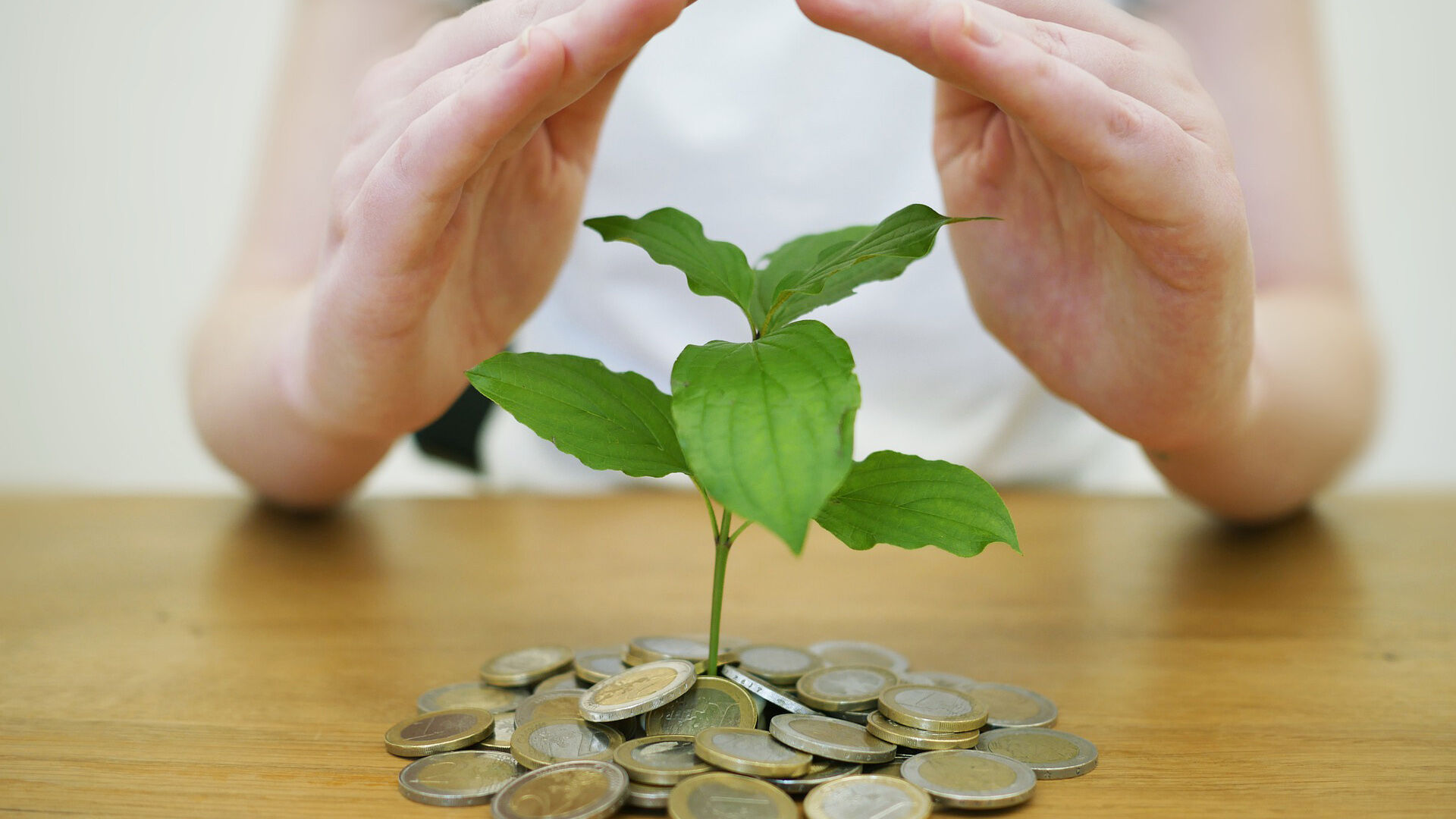Accessible summary
The economic boom is over
Economic growth has slowed in the euro area and in Finland’s other important export markets. As a consequence of the weaker trend in the international economy, Finland’s annual economic growth will slow temporarily in 2020 to under 1%. Both the euro area and the global economy will, however, begin to gradually recover and provide a pull for the Finnish economy, too. Finland’s GDP growth will therefore pick up a little, to 1.1% in 2021 and 1.3% in 2022.

In 2020, export growth will be slow and there will be little in the way of investment. Although the international economy will gradually begin to recover, Finnish exports will grow only slowly. This is because Finland’s exports comprise mainly capital goods, such as machine parts, for which there is little demand at a time when global manufacturing output and investment are performing weakly, as at present. In addition, domestic investment in Finland is weighed down by the cyclical downturn that has already occurred in the construction sector, resulting in reduced housing output and a contraction in housing investment in the immediate years ahead.
Household confidence in the future direction of the economy has recently been very weak. This is one of the reasons why consumption is growing more slowly than disposable household income. This means households are making prudential savings.
The rapid increase in employment that has been a feature of recent years will fade as economic growth slows and firms no longer recruit as much new labour as heretofore. The decline in the unemployment rate will temporarily come to a halt, and 2020 will see scarcely any increase in employment.
Notwithstanding the above, the Finnish economy still has the capacity for further growth, even if the international economy is not doing very well. Household purchasing power will continue to grow through the forecast years, as wages will rise and the level of employment, too, is likely to improve somewhat. Moreover, income transfers, i.e. various social benefits, will grow and boost purchasing power, especially in 2020. The low level of interest rates will provide households with financial room to manoeuvre, and the still slow rise in the general level of prices will erode households’ purchasing power only slightly. Accordingly, household consumption will increase towards the end of the forecast period.
Corporate profitability has improved in recent years and the costs of borrowing to fund investment are currently very low. Indeed, the pace of investment growth will pick up somewhat towards the end of the forecast period as the economic situation improves. Uncertainty and weakened confidence have placed a brake on investment. If, however, the prevailing uncertainty over the future direction of the economy were to moderate, investment could increase even more rapidly than forecast.
Although there will be a clear slowdown in employment growth, unemployment will continue to be lower than in recent years. When the economy begins to improve towards the end of the forecast period, employment will improve a little more, and the employment rate will rise above 73%.
Increased public sector consumption and investment will stimulate economic growth somewhat in the immediate years ahead. However, together with the weakening phase of the economic cycle, this will lead to growth in the budget deficit and in public debt. This cannot be considered positive, as Finland’s public finances are already experiencing a sustainability gap. This means that revenues are set to fall short of expenditures on a long-term basis. If nothing is done to address the sustainability gap, public debt will before long begin to get out of control. It would therefore make sense to accumulate general government buffers while the economic situation is not yet particularly bad. This would help reduce the sustainability gap and prepare the economy for future recessions.


